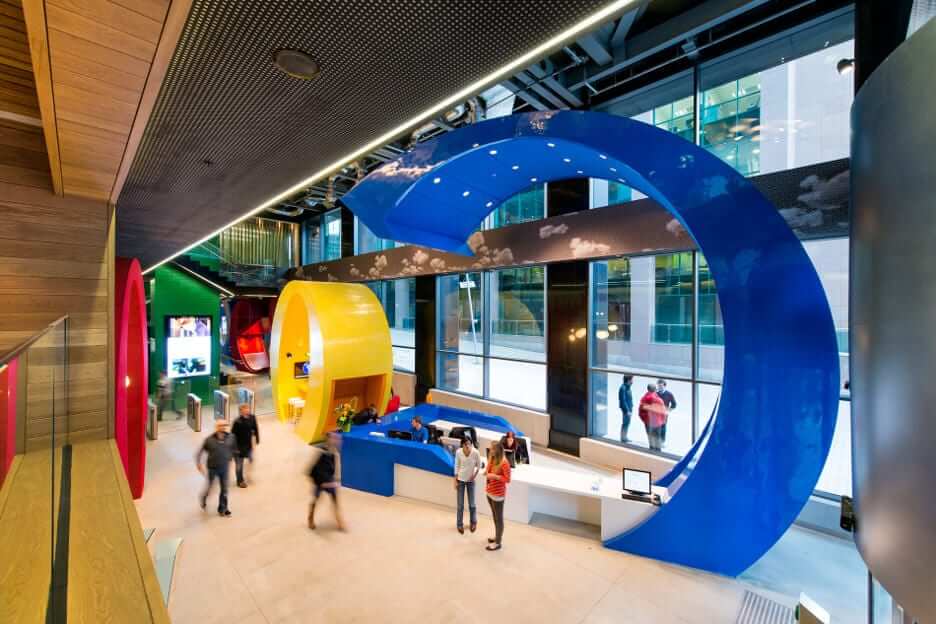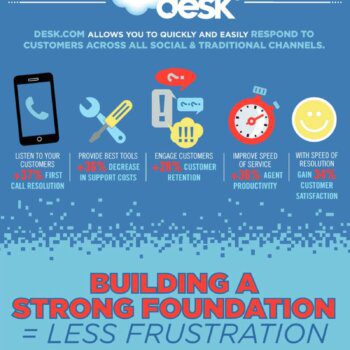You’ve taken the initial steps to get your company launched. Now it’s time to decide what type of office space you’ll need, and where. What kind of environment will fulfill your needs and be conducive to employee growth? Mark C. Crowley, a colleague of mine, is a speaker, author, and leadership consultant who attended the Dive! Innovation Conference in Rennes, France this summer. At the conference, he shared some insight from Mark Catchlove, director of knowledge and insight at Herman Miller, a furniture design business. Essentially, people have six fundamental needs they seek to meet through work:
1. Feeling Of Achievement. We strive to feel a sense of mastery in our accomplishments.
2. Autonomy. We seek freedom in our actions and decisions and desire to no longer work in one place eight hours a day.
3. Belonging. We are tribal, social beings who require a meaningful connection with other people. Given the importance of work in our lives, we seek strong bonds with colleagues.
4. Sense Of Purpose. We want to make a meaningful difference and knowthat our work matters.
5. Sense Of Security. We desire health and physical safety, but also “social security”— the need to feel connected to a team.
6. Status. We seek to be respected and appreciated for our work and to have a working environment that inherently esteems us.
It’s possible for both traditional office spaces and home workspaces to fulfill the above needs. Large companies like Google GOOGL +0.44%, Apple AAPL -0.29%and Amazon invest hundreds of thousands into building unique office spaces for their employees. But what kind of office space should you commit to as a startup founder?
Utilizing investor funds or your own cash for an elaborate office buildout may not be the best option right off the bat. Based on your city, location and amenities, Class A commercial office space can come with a hefty monthly price tag. And while there are shared office space solutions available (like WeWork), they may not truly feel like your own space if you can’t leave your items there. Here are solutions for virtual workspaces that still meet the fundamental needs listed above:
Obtain A Work Mailing Address
Without an office lease, you generally wouldn’t have an office mailing address. The best option, in this case, is to utilize a P.O. box that doesn’t read like one. Most UPS and USPS stores offer monthly rentals of different sized mailboxes. They are generally addressed to wherever the store is located, and the box number shows as a suite or apartment number instead of a P.O. box. This allows you to have a “work office” address even when you don’t have one, and it can prevent strangers from showing up to your actual place of business.
At my company, we created a business mailing address for public corporate documents that allowed us to keep uninvited visitors away from our commercial bakery.
Utilize Virtual Conferencing Tools
There are plenty of free options for video conferencing, like Skype, Google Hangouts and Zoom.us, that allow you to work remotely and engage with team members in different cities and countries. I find this especially helpful in my swimwear business, since part of our management team is based in the Netherlands. Weekly Skype calls are an integral part of our business.
Find Free Conference Room Options
If you have to meet with a client or conduct a presentation in a boardroom-style setting, it’s easy to seek one out. Many college campuses allow usage of their library’s conference rooms, and usually at no cost to students or alumni.
You can also investigate whether you have room usage perks through any of your current memberships. For example, I’m a member of the American Airlines Admirals Club, which gives me access to their airport lounges, work stations and conference rooms. These conference rooms are especially convenient when you have clients or colleagues flying in with a short turnaround, and they can be reserved in advance.
Office locations are always temporary, even if you have a multi-year lease. Companies grow and change, but as long as you’re aware of the fundamental needs one seeks from a workplace, you can create your own combination of traditional and non-traditional methods to achieve optimal office space conditions.




























